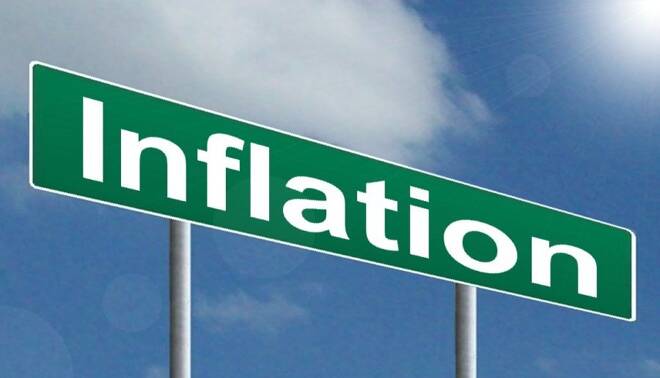Advertisement
Advertisement
Fed Treating Inflation Data Like “Fake News”
By:
The phrase “fake news” has been making the rounds around Washington lately. Most of the time it has been used by politicians, but last week, I felt it may
The phrase “fake news” has been making the rounds around Washington lately. Most of the time it has been used by politicians, but last week, I felt it may have been tossed around a few times at the Federal Open Market Committee’s monetary policy meeting.
Last week’s Fed interest rate decision was book-ended by two key reports. Shortly before the report on Wednesday, U.S. consumer inflation was reported weaker-than-expected, coming in below the central bank’s 2% target and Friday’s U.S. housing data disappointed with building permits and housing starts coming in below expectations.
The weak inflation data wasn’t enough to stop the Fed from raising rates, leaving another rate hike on the table and revealing its plan to unwind its portfolio, which is another form of tightening. The reaction by the Fed to the inflation data suggests to me that it feels it was “fake news”.
The Fed did acknowledges the weakness in consumer prices and now believes inflation will fall well short of its 2 percent target this year. In its post-meeting statement the central bank said inflation “has declined recently” even as household spending has “picked up in recent months,” the latter quote is an upgrade from the May statement that said spending had “rose only modestly.” The statement also noted that inflation in the next 12 months “is expected to remain somewhat below 2 percent in the near term” but to stabilize.
While Fed Chair Janet Yellen last Wednesday, may have expressed confidence that recent weak inflation readings were transitory, by Friday, a couple of Fed officials were already expressing doubts in her ability to read price growth. This suggests that either she was reading the data incorrectly or she believed it to be “fake news”.
Minneapolis Federal Reserve President Neel Kashkari saw the inflation numbers differently and he was not alone at the U.S. central bank in his view the Fed should have waited to raise interest rates until it was sure the recent drop in inflationary pressures really is temporary.
Kashkari was the lone policymaker to vote against the Fed’s decision to raise rates a quarter point.
Dallas Federal Reserve President Robert Kaplan may have voted in favor of the Fed rate hike, but he may have been a little uncomfortable with the decision. He said afterwards that he would want to see more evidence that inflation will rise toward the Fed’s 2-percent inflation goal before increasing rates again.
Fed Chair Janet Yellen may continue to act like the inflation data is “fake news”, but I believe that sometime in the future she will acknowledge it by lowering the target to at least 1.6 percent.
About the Author
James Hyerczykauthor
James Hyerczyk is a U.S. based seasoned technical analyst and educator with over 40 years of experience in market analysis and trading, specializing in chart patterns and price movement. He is the author of two books on technical analysis and has a background in both futures and stock markets.
Advertisement
